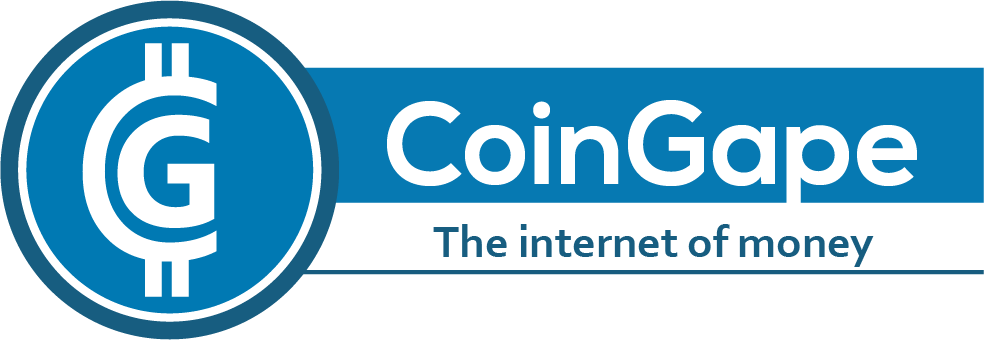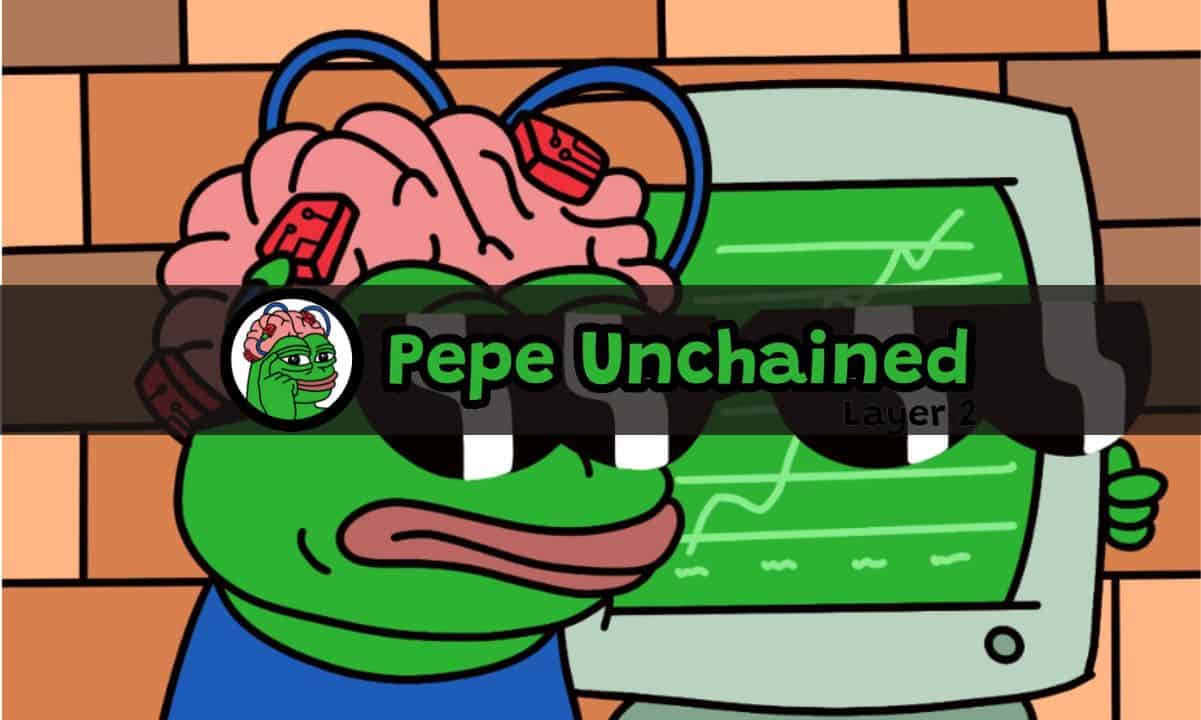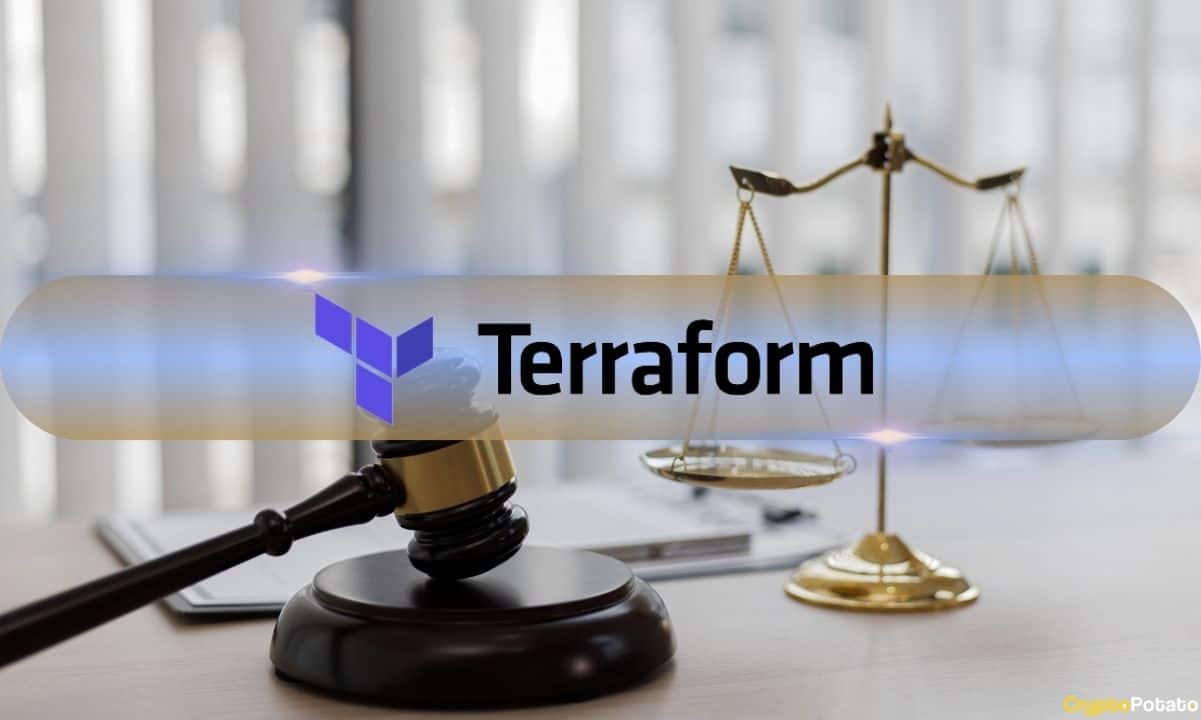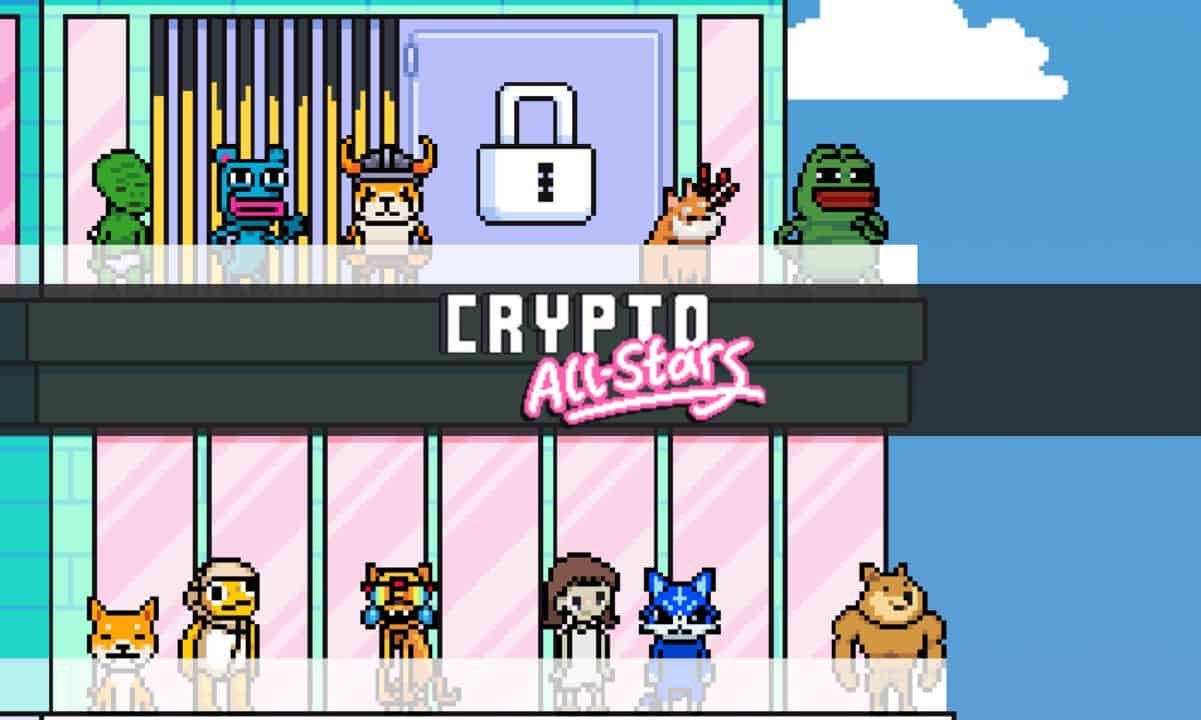
From an external point of view, Web3 technologies have influenced the global gaming sector, revolutionalizing how most people interact with current popular games. The sector has seen significant growth today, having been valued at $23.9 billion in 2023, a figure that is expected to skyrocket to $133.2 billion by 2033.
The future prospects for Web3 gaming have been equally impressive. In the third quarter of 2023, investments in blockchain gaming reached $1.5 billion, with over $800 million specifically going towards the industry initiatives, indicating a rising market favored by both venture capitalists and institutional investors.
A mix of factors, including decentralization, players owning in-game assets, and the rise of play-to-earn models, have all played a role in the significant growth, allowing players to shape a new gaming economy.
Overcoming Technical Challenges
Despite the undeniable potential of Web3 gaming, the sector must overcome several major technical challenges – including high throughput, massive scalability, low fees, large databases, interoperability, and AI integrations – before mainstream adoption can be achieved.
To elaborate, current data availability (DA) solutions do not meet these requirements, because they are unable to accommodate the demands of advanced gaming experiences, where thousands of players and AI agents need to interact concurrently in intricate virtual environments. An example is Celestia, a leader in DA solutions, providing a maximum speed of only 6.67 MB/second, which is not enough for the requirements of many Web3 gaming services.
Additionally, if one were to consider the requirements of creating an on-chain open-world game, it would require a scale necessitating hundreds of thousands of transactions per second. On top of this, if transaction fees are high or even moderate, Web3 games stand to become prohibitively expensive or, in some cases, totally unplayable. Even layer 2’s (L2) — designed to minimize transaction fees — may prove too costly to support such frameworks, necessitating the development of layer-3 (L3) architectures like Arbitrum’s Xai Games.
In the face of these challenges, 0G has emerged as a solution offering the technical foundation that Web3 gaming desperately needs today. The project addresses critical issues such as scalability, throughput, and storage that have hindered the growth of on-chain gaming.
At the heart of 0G’s innovation is its massively scalable storage network — named ‘0G Storage’ — allowing for quick data retrieval and verification, ensuring that all game-related information (from assets and player positions to gameplay history) is readily accessible with high throughput.
In fact, 0G’s throughput is estimated to be an astounding 7,600 times greater than many of today’s leading DA solutions, offering an unprecedented 50 GB/second.
Complementing these storage capabilities is the platform’s “0G DA” system, which verifies data with infinite scalability. This means that regardless of the prevailing network demand, data can be quickly queried or verified, providing the backbone for seamless, responsive gameplay experiences.
Also, 0G’s architecture is not just about raw power; it’s designed with interoperability in mind. Its modular structure allows for seamless integration with a wide array of blockchain networks, both existing and upcoming. This interoperability is crucial for the Web3 gaming ecosystem, enabling the movement of items, characters, and other tokenized elements between games and networks.
Lastly, the project supports on-chain AI models, opening up new possibilities for game design and player interactions. With its ultra-high throughput, scaling capabilities, low fees, and interoperability, 0G provides the ideal foundation for blockchain games with advanced AI features, far surpassing the capabilities of other DA layers.
Paving the way for mass adoption
Despite the obstacles outlined, the potential for Web3 gaming is evident, as recent forecasts indicate that 10 million to 100 million new gamers will join the Web3 space in the next few years. This has highlighted the pressing necessity for strong, expandable infrastructure to aid this fast-growing expansion.
0G stands at the forefront of addressing these challenges, paving the way for a sustainable Web3 gaming ecosystem. By providing the necessary technical infrastructure, 0G is helping simplify the onboarding process and creating more seamless, enjoyable gaming experiences — thereby opening a legitimate avenue for millions of traditional gamers to enter the Web3 space.
The post How 0G is Transforming the Web3 Gaming Industry appeared first on CoinGape.

 4 days ago
11
4 days ago
11









 English (US) ·
English (US) ·